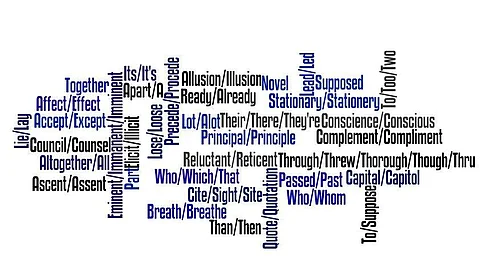

Is it ‘in school’ or ‘at school’? What is the difference in meaning between the phrases ‘to the school’ and ‘to school’? A reader from Odisha had sent in this query. The first part of the query is about using the right preposition before ‘school’. Both the prepositions ‘in’ and ‘at’ can be used but with a slightly different meaning. When someone is physically present in the school premises, we say the person is at school and when someone regularly goes to school (such as a student), we say the person is in school. Here are examples:
The second part of the query is about using the article ‘the’ before ‘school’. There is a difference in meaning between these two phrases ‘to school’ and ‘to the school’. When we say that someone is going to school, we can conclude that the person is a student. When someone is going to the school, the purpose is something different as in the examples below:
What is the difference between ‘that’ and ‘which’? Can these two words be used interchangeably? When do we use ‘that’ and ‘which’? This query is from a student in Chennai.
‘That’ is used as a restrictive pronoun, whereas ‘which’ is used as a relative pronoun. If you do not understand these grammatical terms, here is a simple explanation: ‘That’ limits, whereas ‘which’ defines. Look at these examples:
In the examples above, ‘that’ does the function of limiting or restricting. Consider the sentences below:
The first sentence implies that I have more than one car, whereas the second sentence implies that I have only one car. ‘That’ is used in an essential or restrictive clause as it gives information essential to the meaning of the sentence. In the first sentence, if the clause ‘that is parked outside’ is removed, the implication that I have more than one car will not be clear. In the second sentence, ‘which’ introduces a nonessential and non-restrictive clause. Even without the clause ‘which is parked outside’ (which defines the car), the sentence conveys the meaning that is intended.
When do we use ‘that’ and when do we use ‘which’? To choose between ‘that’ and ‘which’, one should be able to identify whether the clause in a sentence is defining or non-defining. ‘That’ is used in defining clauses (restrictive and essential clauses) and ‘which’ is used in non-defining clauses (non-restrictive and
non-essential clauses).
“Music expresses that which cannot be said and on which it is impossible to be silent.”
- Victor Hugo
